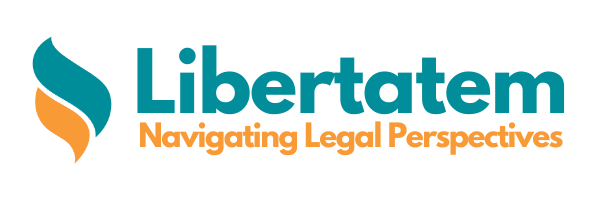Fundamental rights are those rights that are considered essential for the dignified life of any individual and are hence offered a higher level of protection as compared to other laws. These rights are enshrined under part III of the Indian constitution and any right which obliterates the principles of these laws can be declared null and void by the court. However, the different rights that are enumerated in the constitution are not applied uniformly but in fact, classified into two different kinds of approaches. The scope of application of fundamental rights provisions is very rudimentary and a topic that has been one of the most debated issues in law today.
The two distinctions of the types of application are the vertical and horizontal application of the provisions, while the former means that these rights regulate the relationship between state and the individual the latter connotes that the rights govern the relationships between the private individuals. However, no one type of application is carried out in India and varying applications of these provisions would be contingent on what the nature of the rights is and how it is worded in the constitutional document. It is however important to understand the horizontal application of fundamental rights and state action for our constitutional aims and aspirations to remain afloat in the upcoming future.
Arguably, the vertical or horizontal application of a right is contingent upon the nature of the right and its particular phrasing in a constitutional document. The three types of rights that the Indian courts have been confronted with guarantee rights to the citizens in Part III of the constitution and pose an obligatory position on the state for example the right to equality guaranteed under article 14 which states that the State shall not discriminate against any individuals based on their caste, creed, gender or any other denomination. The obligation on the state here is evidentiary from the language used in the article itself.
Then we have other rights that are phrased in such a broad manner that if they are ambivalent and who they are addressed to cannot be ascertained even though it is largely believed that they place the obligations on the definition of state under article 12, e.g. article 15(2) which states that no citizen shall suffer from disability arising out of religion, race or caste, among others. This can be construed to place an obligation on both an individual and a state but it is to this day presumed that it is referring to a state.
And then we have finally those rights which are expressly horizontal, these are the articles that expressly impose the obligations of upholding the rights mentioned in those articles on the individual parties, examples of such would be article 17 which abolishes the practice of untouchability and prohibits its practice in any form, article 18 which seeks to abolish civil titles by (i) preventing the state from conferring them which places the obligation on the state but (ii) by placing obligations on citizens from accepting them from a foreign state which encompasses the horizontal approach of these rights by placing the obligation on the individuals. Article 23 is also a prime example of the horizontal approach, it prohibits human trafficking and punishes forced labour as well and while the provision is rather unclear on who it is being subjected to the courts have interpreted this article to hold with regards to private persons.
Fundamental rights are very integral to the basic structure of the constitution and essentially the constitution itself and the horizontal approach with regards to these fundamental rights is a feature that is unique to the Indian constitution as, unlike the other constitutions it also protects the individual against non-state entities and individuals along with safeguarding its rights against the state as well. They do so both in an express and an implied fashion, so while there are articles such as 15(2), 17, 23, and 24 that apply directly and expressly to non-state entities articles such as 21 have been extended by implication. There are other articles such as 19, 20, 22, and others which have been mentioned before in the bracket that does not make a reference to the state and are soon expected to be incorporated in the category where they are implicitly horizontally applicable and this is a step towards realizing the aspiration of becoming a progressive liberal constitution that helps attain a social revolution.
The broad definition of article 12 also helps enable safeguard these fundamental rights of the citizens against the non-state entities. Through this measure, the constitution practices a horizontal approach to fundamental rights by diverting from the traditional notion that fundamental rights are at everyone’s disposal only against the state. Hence the constitution of India practices a horizontal approach of fundamental rights as well which preaches that the fundamental rights are not confined to state action only.

